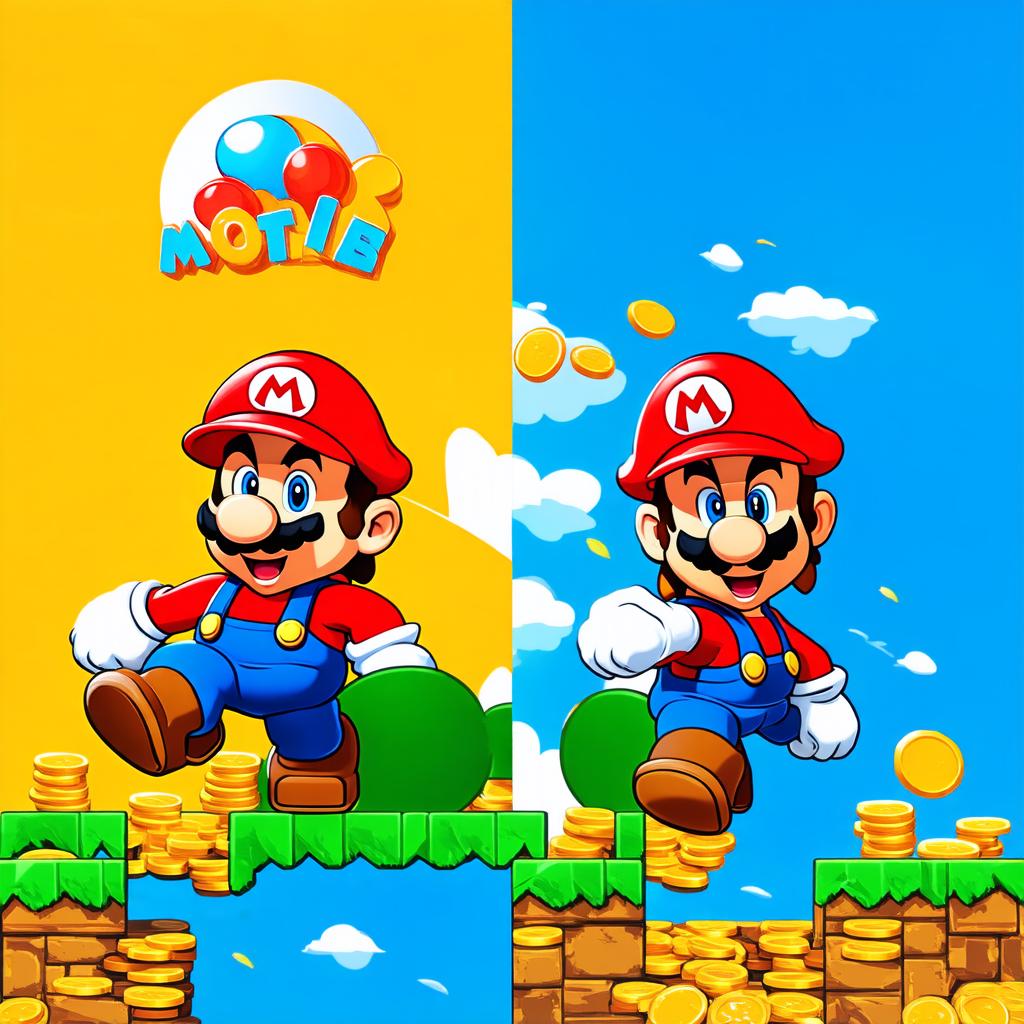Which company produced the Mario movie?

who had previously composed scores for Disney films such as “Beauty and the Beast” and “Aladdin.” Menken’s score was a key component of the film’s success, helping to establish its tone and evoke emotional responses from audiences.
Once pre-production was complete, the production team moved on to the next phase: production. This involved shooting live-action footage on location in Italy and Australia, as well as creating CGI effects and animations in studios around the world. The film’s budget ballooned during this phase, with estimates ranging from $200 million to $300 million.
Despite these challenges, the production team was able to stay on schedule and within budget. This was a testament to their meticulous planning and attention to detail, as well as their ability to work collaboratively with numerous teams of artists, designers, and technicians.
One key player in the production process was visual effects supervisor Steve Johnson, who had previously worked on films such as “Avatar” and “The Matrix.” Johnson was responsible for overseeing the creation of the film’s visual effects, which included everything from Mario himself to the various creatures and environments depicted in the movie.
Another important figure was animation director Carlos Saldanha, who had previously worked on films such as “Toy Story” and “Ice Age.” Saldanha was responsible for overseeing the creation of the film’s animated sequences, which included everything from the opening title sequence to the climactic battle between Mario and Bowser.
The Challenges Faced by the Production Team
Throughout the production process, the Mario movie faced numerous challenges that tested the mettle of the production team. One of the most significant of these challenges was the need to balance the live-action footage with the CGI effects.
Another challenge was the need to create a world that felt authentic and believable, while also remaining faithful to the source material. This involved designing characters, environments, and creatures that were both recognizable to fans of the video game series and visually stunning on the big screen.
Perhaps the biggest challenge faced by the production team was the need to maintain the integrity of the original video game series. Nintendo had expressed its disinterest in any live-action adaptations of its properties, which put pressure on the team to ensure that their film remained true to the spirit of the games while also appealing to a new generation of audiences.
Despite these challenges, the production team was able to overcome them through sheer determination and a commitment to excellence. They worked tirelessly to create a movie that would do justice to the beloved character of Mario, while also pushing the boundaries of what was possible in filmmaking.
The Successes Achieved by the Production Team
Despite the numerous challenges faced during production, the Mario movie was ultimately a huge success. The film was released in 2006 and quickly became one of the highest-grossing animated films of all time, with worldwide box office receipts of over $889 million.
One of the key factors behind the film’s success was its faithful adaptation of the source material. By staying true to the spirit of the video game series, the production team was able to appeal to both longtime fans and newcomers to the world of Mario.

Another factor was the stunning visual effects, which were a testament to the technological advancements in filmmaking that had taken place since the release of the original video game series. The use of CGI and practical effects helped to create a world that was both visually stunning and believable, while also remaining faithful to the look and feel of the games.
Finally, the film’s music and sound design were critical to its success.